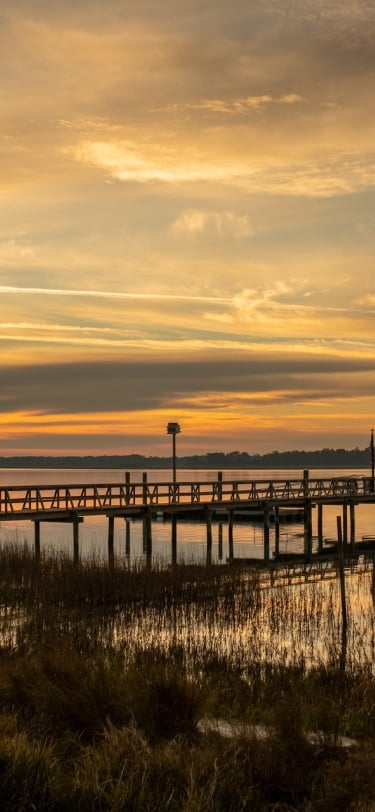Explore the Lowcountry
Steeped in history yet bustling with new energy, Bluffton builds on its past to inform and inspire its future. Defined by the serpentine May River, Bluffton offers a calming allure around every bend of the waterway. Our coastal community located along the May River is rich with much to explore, in any season. History, culture, and arts to uncover. Natural beauty, waterways, and parks to play in. Local markets to savor, shops to browse, and easy days spent strolling through galleries. We take advantage of our natural beauty as much as we are inspired by it.
Featured See & Do Partners
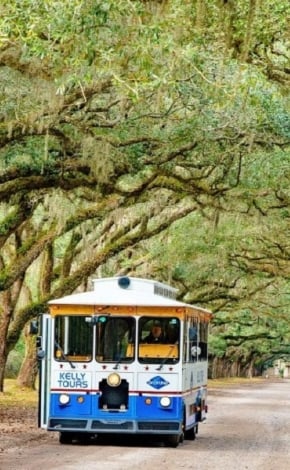
Kelly Tours
Let local experts be your guide to exploring the southeast and beyond.
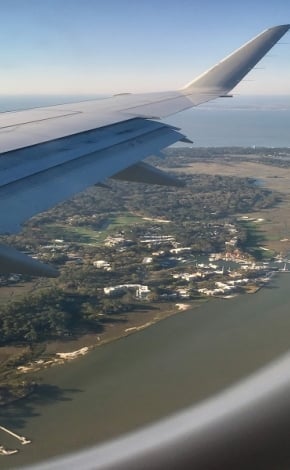
Fly To Hilton Head Island Airport
Daily Flights on Major Airlines!
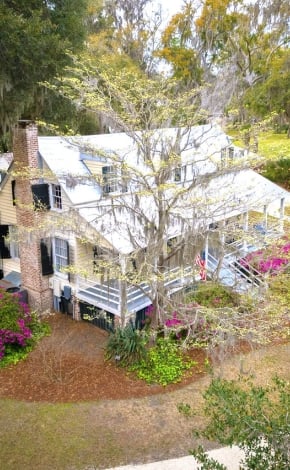
Bluffton Visits Start Here!
The Heyward House Museum and Official Welcome Center is in the heart of Bluffton.
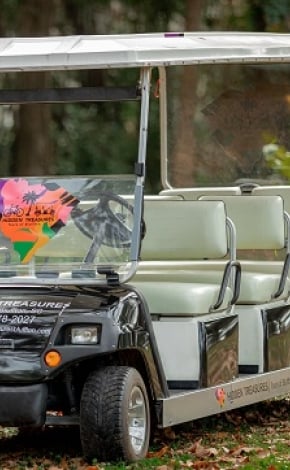
Hidden Treasure Tours
Experience the unique heritage of Old Town Bluffton.
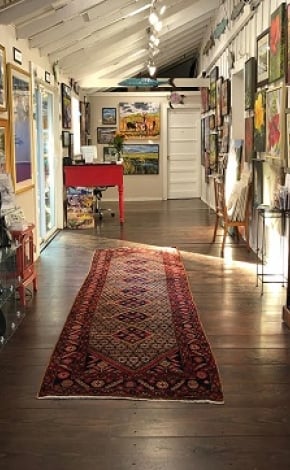
Bluffton Merchants Association
Shopping in Historic Old Town Bluffton

Tanger Outlets, Hilton Head
100's of brands, unbeatable value at our two locations in Bluffton.
What Would You Like to Discover?
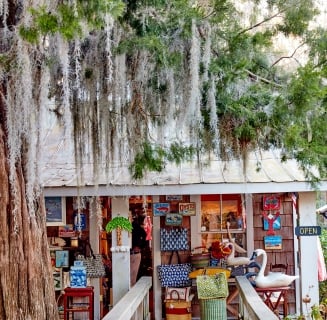
Arts & Culture
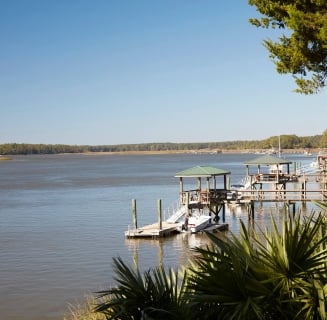
May River
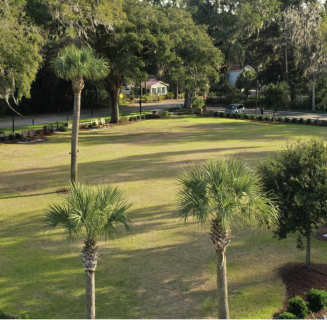
Outdoor Recreation & Parks
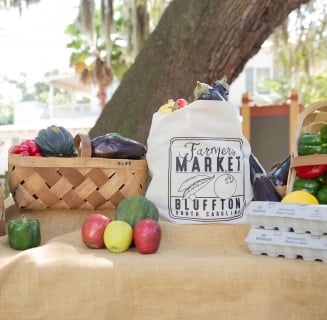
Local Markets
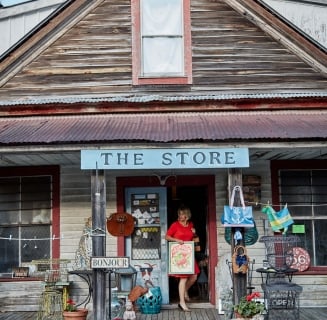
Shopping

